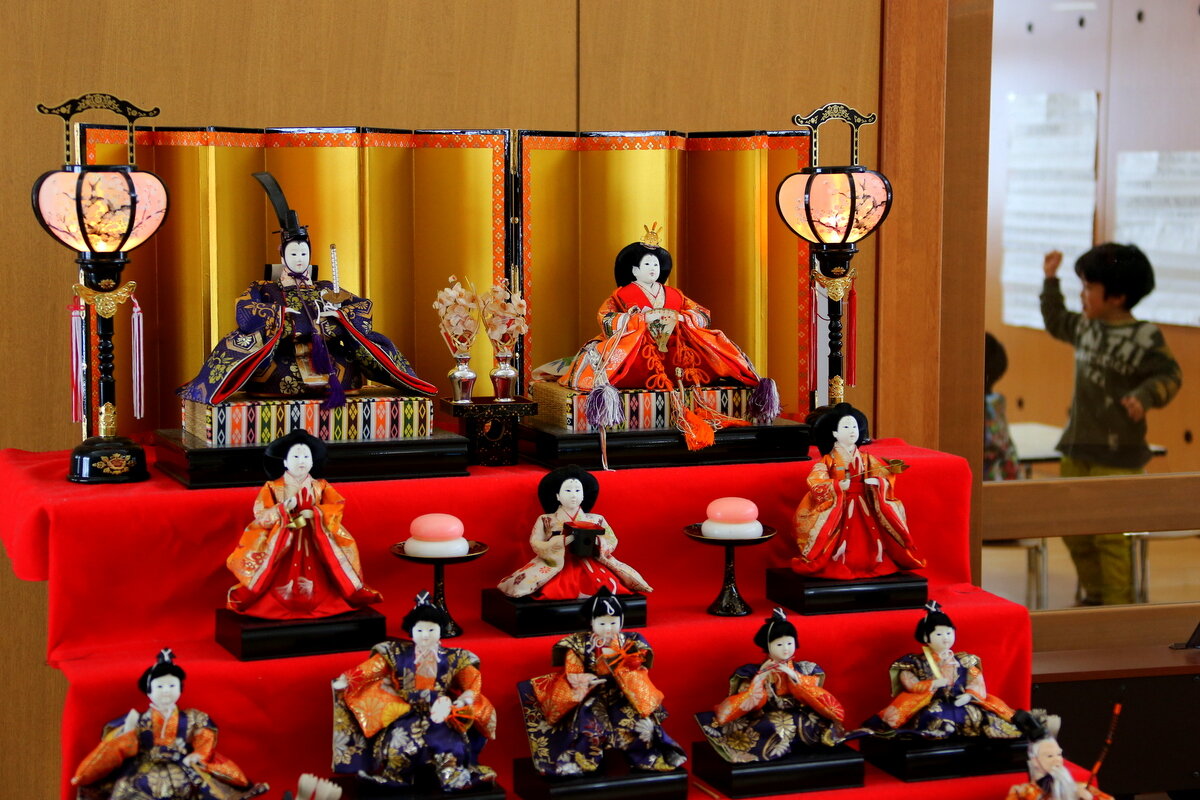4 Interesting Japanese Festivals and Holidays You MUST Know!
We all know that the Japanese are proud of their rich traditions and culture, so it comes as no surprise that they have countless different festivals and holidays celebrating an array of different occasions, objects, and people. This month (July!), Japan celebrates it’s most famous festival - Gion Matsuri, for an entire month! In the spirit of Gion Matsuri, we feature 4 interesting Japanese festivities you need to know about!
Gion Matsuri
Gion Matsuri, the festival of the Yasaka Shrine, is the most famous festival in Japan. It is held for the entire July. Its highlight? The grand procession of floats on July 17th! The festive evenings preceding the procession are also a hit amongst tourists.
Gion Matsuri Float Parade
Picture Credits: Tomomi Onishi via flickr
The festival dates back to 869 and is a religious ceremony. Even today, the festival continues the practice of selecting a local boy to be a divine messenger to appease the gods. The child cannot set foot on the ground from the 13th until after he has been paraded through town on the 17th!
Shichi-Go-San
Shichi-Go-San literally means “seven-five-three”. It is traditionally observed on November 15th. During the festival, families with three- or seven-year-old girls or five-year-old boys visit a shrine or temple to pray for the health of the children.
All decked out in traditional garb!
Picture Credits: japanvisitor.com
Shichi-Go-San marks milestones in children's lives. At three, boys and girls were allowed to leave behind their short toddler cuts and grow their hair out; at five, boys were considered old enough to wear hakama (trousers worn with a kimono); and girls celebrated turning seven by tying on their first obi (sash).
Shōgatsu
Shōgatsu, or New Year, is Japan’s most important holiday, combining traditions and customs expressing gratitude for the past year and ensuring health and prosperity in the months ahead. Festivities generally take place from 31 December the previous year to 3 January the following year.
The New Year’s rush for the temple!
Picture Credit: Khaz via flickr
On New Year's eve, toshikoshi soba symbolizing longevity is served. Other common rituals include setting out decorations like bamboo, pine, and rounded rice cakes, or going to the temple. The rituals are meant to symbolise a fresh start and bring about good luck for the coming year. Many also send New Year’s cards to their friends and family!
Hinamatsuri
Hinamatsuri, or the Doll Festival, is observed on March 3rd to celebrate female children and pray for health and happiness. Families display ceramic dolls dressed in the robes of the ancient imperial court.
Japanese dolls on display at home
Picture Credits: shp2100 via flickr
Mothers and daughters typically start putting up the dolls a few days before Hinamatsuri. The dolls are displayed on a red-carpeted, stepped platform called a hinadan. On the top step are the central figurines of the festival, the male odairisama (representing the emperor) and female ohinasama (representing the empress).
Families often buy a new set of dolls when the first daughter is born, while others pass down hinakazari from one generation to the next as family heirlooms!




